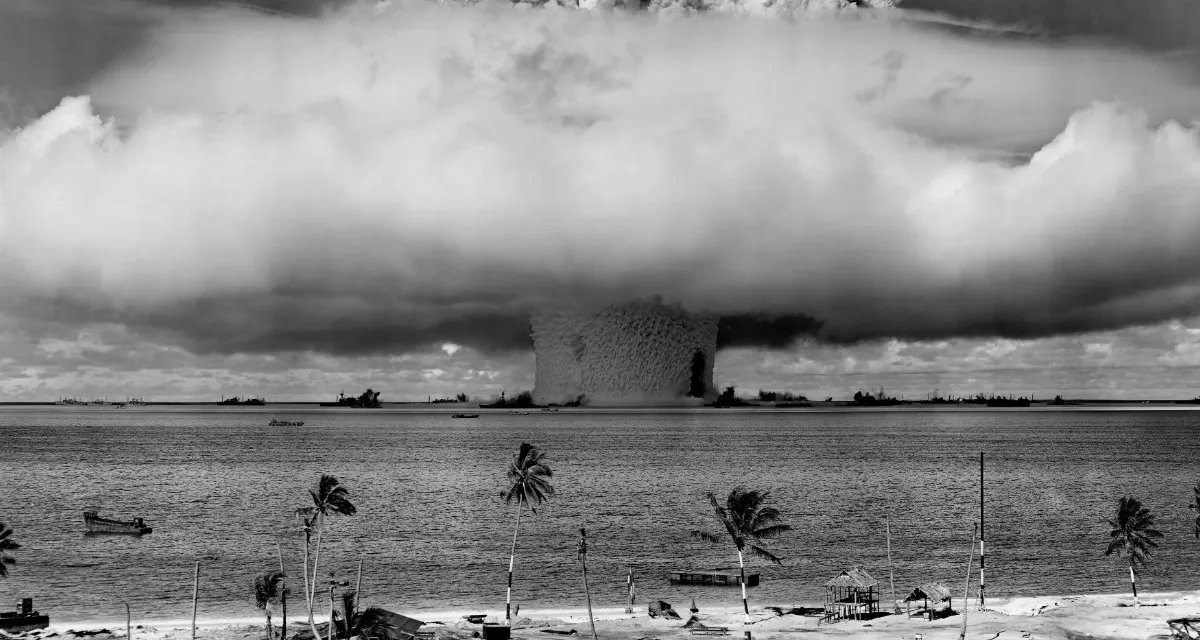From Early Foundations to Modern Expressions: The Classic Influence
American literature's roots lie deeply entrenched in the early works that have shaped its narrative landscape, leaving an indelible mark on modern storytelling. These seminal texts not only laid the groundwork for literary exploration but also continue to echo in the themes and styles of contemporary literature.
1. Universal Themes and Timeless Truths
Classic American literature often explores universal themes such as identity, freedom, and the struggle against societal norms, which are still pertinent today. For example, works like "The Scarlet Letter" by Nathaniel Hawthorne delve into the tension between individual desires and societal expectations, a theme that resonates with many contemporary narratives. These classic texts serve as a fertile ground for reimagining, allowing modern writers to explore enduring questions of human existence from fresh perspectives, thus bridging the gap between past and present.
2. Legacy of Iconic Characters and Storytelling Motifs
The archetypes from classic American literature—such as the self-made individual and the defiant outsider—have become enduring figures in modern storytelling. Authors today draw inspiration from these characters and motifs, crafting narratives that reflect ongoing human struggles and aspirations. The journey motif, encounters with societal norms, and quests for redemption are recurrent themes in both historical and contemporary works, providing a continuity that enriches the reader's understanding across different eras.
3. Innovations in Narrative Style
The stylistic innovations introduced by classic American authors have left a lasting legacy on modern literature. These include techniques like the stream-of-consciousness narrative employed by William Faulkner, which provided a deeper exploration of character psychology. Modern writers build upon these techniques, experimenting further with narrative voices and perspectives to create engaging and dynamic literary experiences. The use of unreliable narrators popular in today's literature, especially within thriller genres, showcases the enduring influence of pioneering narrative techniques.
4. A Platform for New Perspectives
Classic American literature offers a point of departure for contemporary writers to introduce new perspectives. Engaging with these classic stories allows authors to enter into a dialogue with the past, challenge traditional interpretations, and elucidate current social issues. This interplay helps keep classic themes relevant while nurturing the development of diverse narratives that speak to the changing face of society.
5. Intertextual References and Literary Evolution
As modern authors allude to or adapt elements from classic American works, they add depth to contemporary narratives, inviting readers to engage with the broader literary tradition. These intertextual connections enhance the reading experience, building a bridge between different periods of literary history and enriching the cultural conversation surrounding societal identity.
The Emotional Journey: From Modern Fiction to Poetic Narratives
American literature is celebrated for its emotional depth, engaging readers through complex characters and vivid storytelling. This ability to resonate on a profound level has been a hallmark of both modern fiction and poetry, where authors explore the intricacies of the human condition.
1. Emotional Depth and Character Development
Modern American fiction is renowned for its carefully crafted characters who reflect the complexity of real people. Authors like Toni Morrison bring these characters to life, inviting readers to share in their triumphs and failures. Such depth allows stories to transcend cultural boundaries, as readers see their own struggles mirrored in those of the characters.
2. Universal Themes in Modern Context
Themes such as identity and resilience are explored in contemporary works, offering insights into both personal and collective experiences. As authors explore these universal themes, they connect with readers by addressing timeless questions about life's meaning and purpose. The interplay of personal stories with broader societal narratives fosters a richer understanding of cultural dynamics.
3. Vivid Imagery and Evocative Language
The use of vivid imagery and compelling language can evoke a wide range of emotions, drawing readers into the narrative. Authors use sensory details to craft scenes that resonate deeply, enabling readers to experience the narrative world intimately. This stylistic richness enhances the power of storytelling, turning each narrative into a vivid tapestry.
4. Literature as Social Commentary
American narratives often reflect societal challenges, prompting readers to engage with pressing issues critically. By weaving commentary on social justice, race, and cultural identity into their stories, writers aim to evoke empathy and inspire change. This engagement allows literature to act as both a reflection and a catalyst for the evolution of societal norms.
5. Enduring Literary Legacy
From Sylvia Plath's emotional poetry to the psychological realism found in modern fiction, American literary works continue to resonate with readers. This lasting impact ensures the continuation of these storytelling traditions, encouraging future generations to explore the emotional landscapes of human experience through literature.
The Dynamic Threads: Cultural Identity in American Fiction
American fiction is deeply intertwined with the cultural threads that define the nation's identity. This literary exploration provides readers with insights into the complexities of cultural and regional diversity, offering a multifaceted portrayal of the American experience.
1. Regional Influences and Local Color
Writers often draw inspiration from the landscape and culture of a specific region, which adds authenticity to their narratives. These regional influences highlight the diverse cultural tapestry of America, providing readers with a sense of place and belonging.
2. Narratives from Ethnic Enclaves
The United States’ multiculturalism is reflected in stories that explore identity, assimilation, and cultural preservation. Authors from various backgrounds bring unique perspectives to their stories, offering a valuable window into both the challenges and celebrations of multicultural life.
3. Historical Context and Fiction
Significant historical events have a profound impact on societal narratives, with authors frequently exploring their repercussions in fiction. These stories offer a means of understanding and interpreting the historical forces that have shaped present-day identities and societies.
4. Popular Culture's Influence
Contemporary fiction often incorporates elements of popular culture, creating a dynamic interplay that reflects societal values and shifts. This engagement provides a platform for readers to connect their everyday experiences with the broader cultural moment.
5. The Continuous Search for Meaning
Ultimately, American literature is about exploring the human condition and searching for meaning amid life's complexities. Through their stories, authors challenge readers to reflect on their own lives and engage with broader existential questions, further enriching the literary conversation.
By exploring the threads of identity and narrative woven into American literature, we gain a deeper understanding of how it mirrors and shapes our reality. Continuing to tell these stories ensures that the tapestry of American literature remains vibrant and relevant for generations to come.
Q&A
-
What is the significance of cultural identity in classic novels?
Cultural identity in classic novels often plays a critical role in shaping characters and narratives. These novels explore themes such as heritage, societal roles, and personal versus collective identity. For instance, in "Pride and Prejudice" by Jane Austen, the cultural norms of 19th-century England influence the characters' decisions and social interactions. Classic novels provide insight into the cultural values and conflicts of their time, allowing readers to understand historical perspectives on identity.
-
How does modern fiction address cultural identity differently from classic novels?
Modern fiction often tackles cultural identity with a more diverse and global perspective. Unlike classic novels, which may focus on a specific culture or time period, modern fiction frequently explores multiculturalism and the complexities of identity in a globalized world. Authors like Chimamanda Ngozi Adichie in "Americanah" examine the intersections of race, nationality, and gender, reflecting contemporary issues and the fluidity of identity in modern societies.
-
In what ways does poetry express cultural identity?
Poetry is a powerful medium for expressing cultural identity through its use of language, symbolism, and emotion. Poets like Langston Hughes and Maya Angelou have used their work to highlight the African American experience, drawing on cultural heritage and personal history to convey themes of resilience, struggle, and pride. The succinct nature of poetry allows for a concentrated exploration of identity, often evoking a strong emotional response from the reader.
-
How do drama and theater contribute to our understanding of cultural identity?
Drama and theater offer a dynamic exploration of cultural identity by bringing stories to life through performance. Plays like August Wilson's "Fences" and Lorraine Hansberry's "A Raisin in the Sun" depict the challenges and triumphs of African American families, highlighting cultural and societal issues. The immediacy of live performance provides audiences with a visceral experience, fostering empathy and a deeper understanding of diverse cultural identities.
-
Why are short stories an effective medium for exploring cultural identity?
Short stories are particularly effective for exploring cultural identity due to their brevity and focus. Authors can delve into specific moments or aspects of identity, providing a snapshot of cultural experiences and personal insights. Writers like Jhumpa Lahiri in "Interpreter of Maladies" use the short story format to examine the immigrant experience and the nuances of cultural assimilation and identity. This concise form allows for a diverse range of voices and perspectives, offering readers a broad understanding of cultural identity.








